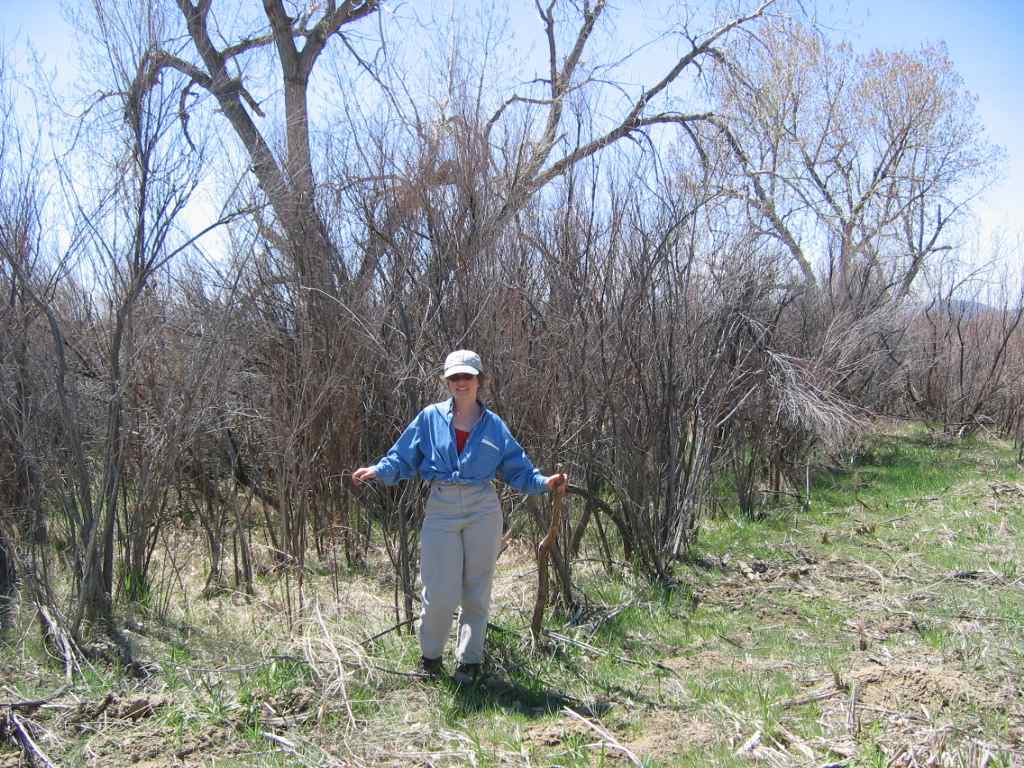Can Plants Teach Us about Leadership?

Managing the environment versus managing people surely should be very different... or are they? Lately I have been challenged to make such an analogy and found it surprisingly compelling. Through the course of my 15 years studying invasive species biology and restoration ecology, as well as learning from the horticulturists here at Denver Botanic Gardens, I have come to the conclusion that there is no such thing as a bad plant... but that certainly there is plant "behavior" that we may deem harmful, such as when tamarisk trees dominate a riverbank to such an extent that nothing else can possibly grow.
Are tamarisk inherently "bad"? Of course not: they play an important role in their native ecosystems in Eurasia, and as it turns out, can also provide habitat for some birds and fulfill other ecosystem services in "invaded" ranges. That is, they can have both "good" and "bad" behavior. Which they do depends on the interaction of the tree with its environment.
Put tamarisk seeds in an area with lots of water where desirable native trees have been displaced through poor management or other causes, and they will dominate and further degrade the ecosystem through salt deposits and increased fire frequency. Alternatively, if the land is well managed and desirable species are doing well, tamarisk will not be invasive and individual trees can actually be a benefit to the overall ecosystem.
You may already see where this analogy is going.... I believe strongly that there is no such thing as an inherently "good" or "bad" person/employee/team member. However, any individual has the capacity to behave poorly and/or not contribute; it is up to an effective leader to make sure that A) the environment is managed well to promote "good" behavior and B) that the right people are in the right positions (i.e. they are doing jobs best suited to their skill sets and interests).
According to Jim Collins (of "From Good to Great"), one of the features of highly successful organizations and businesses is that they prioritize personnel decisions. This may be simple, but it certainly isn't easy. In the last couple years, we have seen Denver Botanic Gardens flourish in new and exciting ways; it is certainly a testament to this principle. Every new hire here thrills me because I know that the environment here promotes excellence, and that we work hard to put the right people into the right positions. We will be losing one of our finest leaders soon; Betsy Cheroutes, director of development ,is beginning a much deserved retirement. I have learned much about leadership from her and will dearly miss being able to pop in her office for a quick bit of advice. However, I know to anticipate great things from her successor in this positive environment. The tamarisk trees taught me that.
This blog post was written by Anna Sher, Ph.D., adjunct researcher and former director of the Research & Conservation Department at Denver Botanic Gardens.
Add new comment